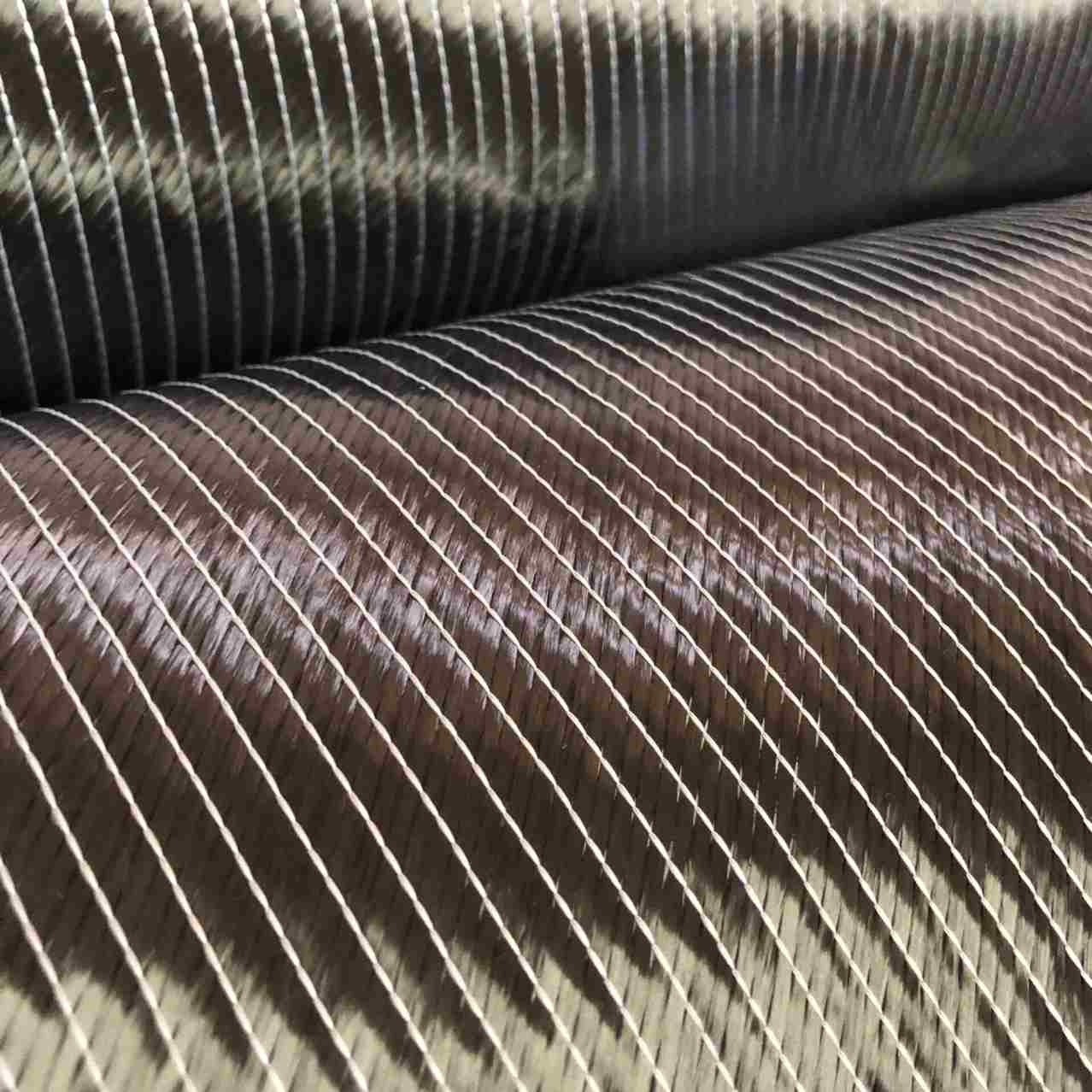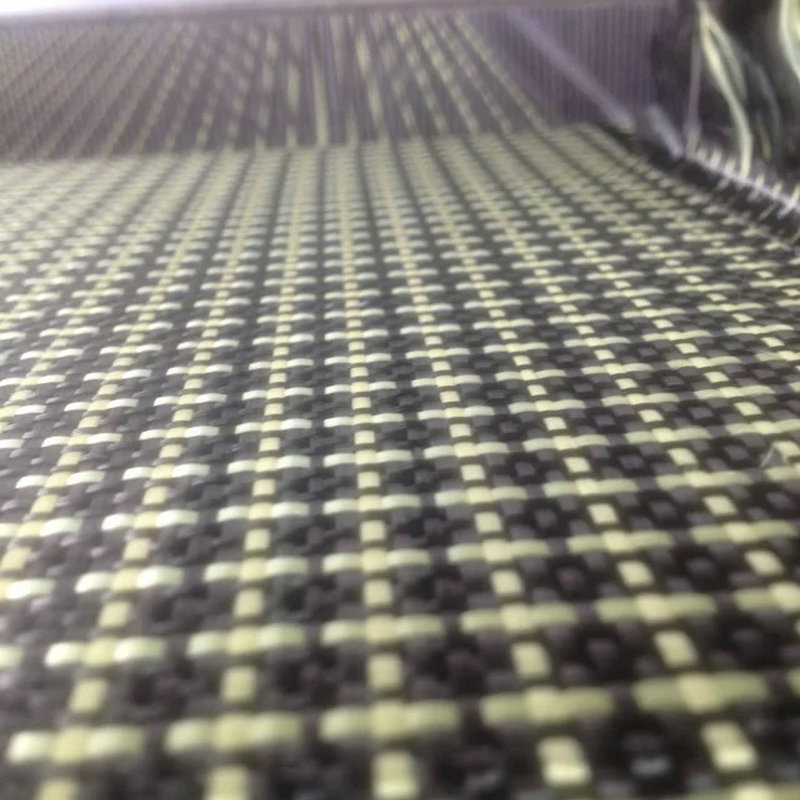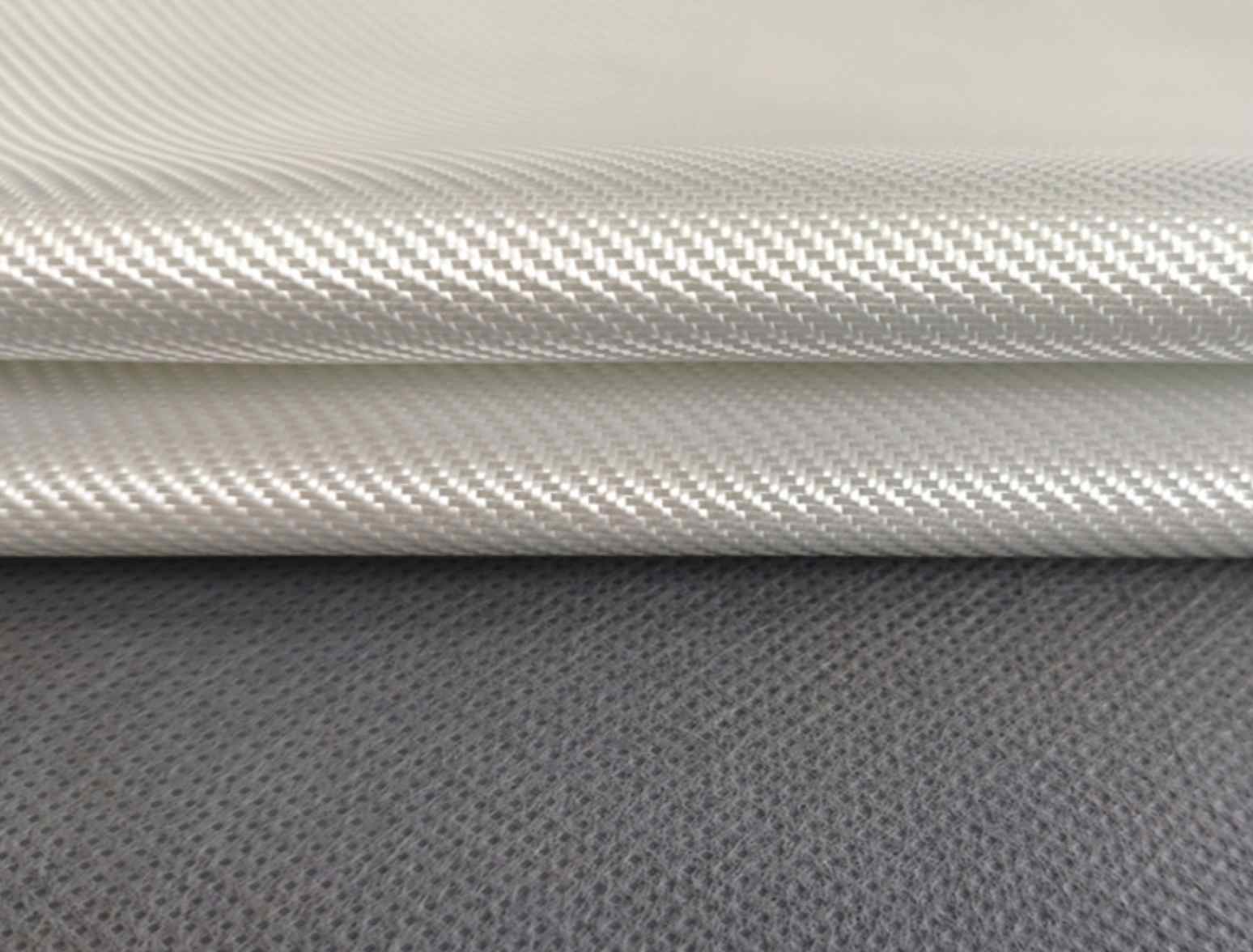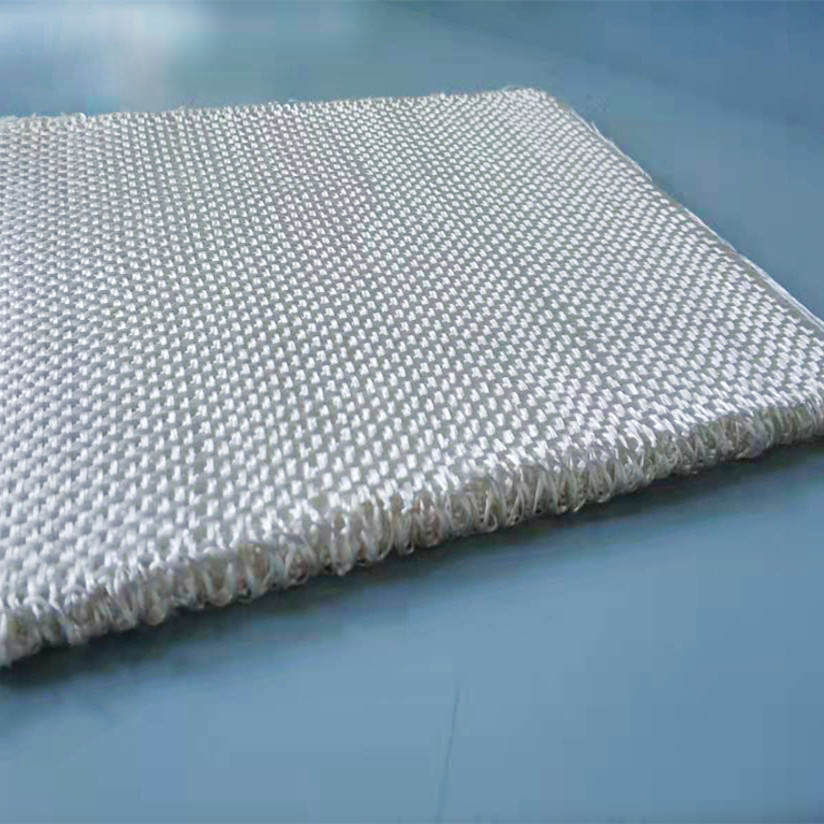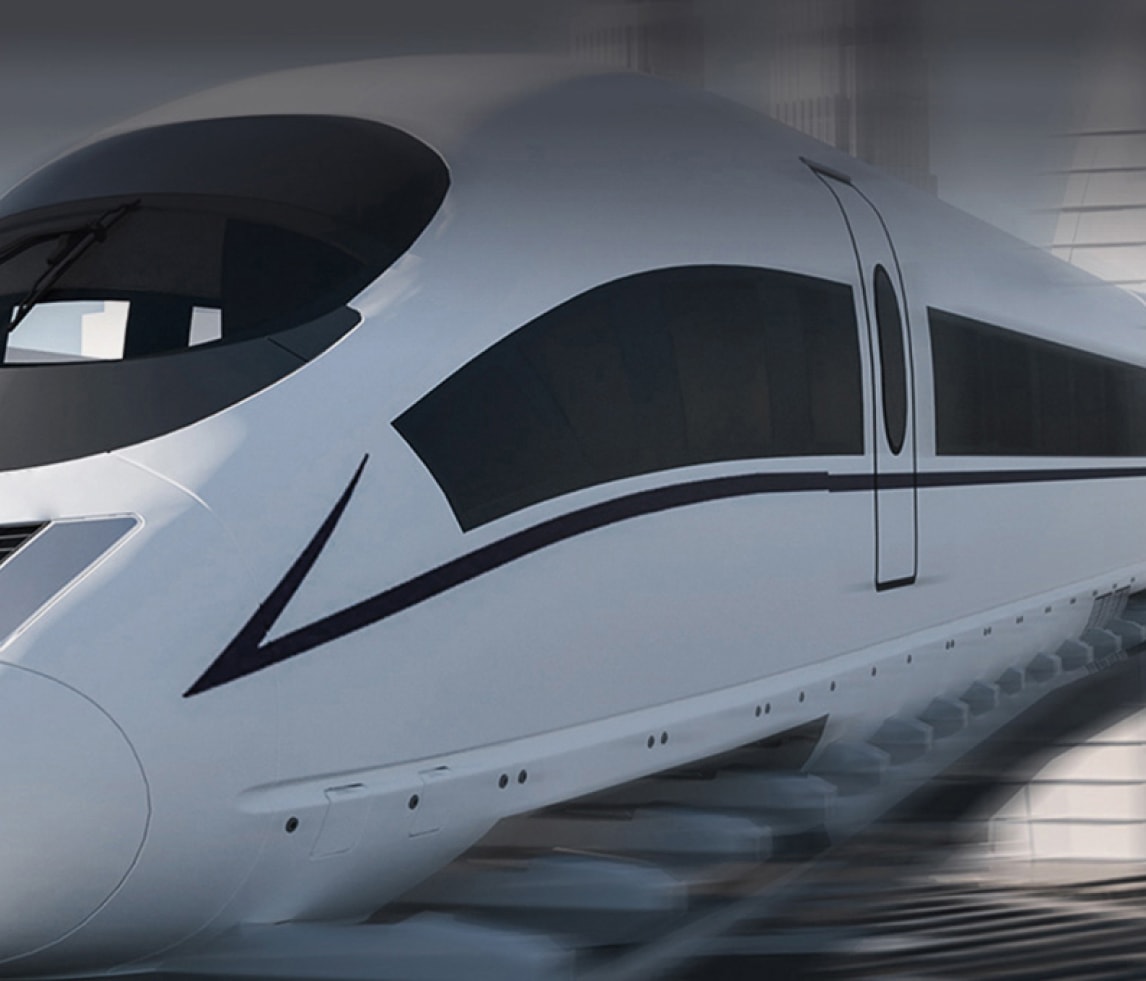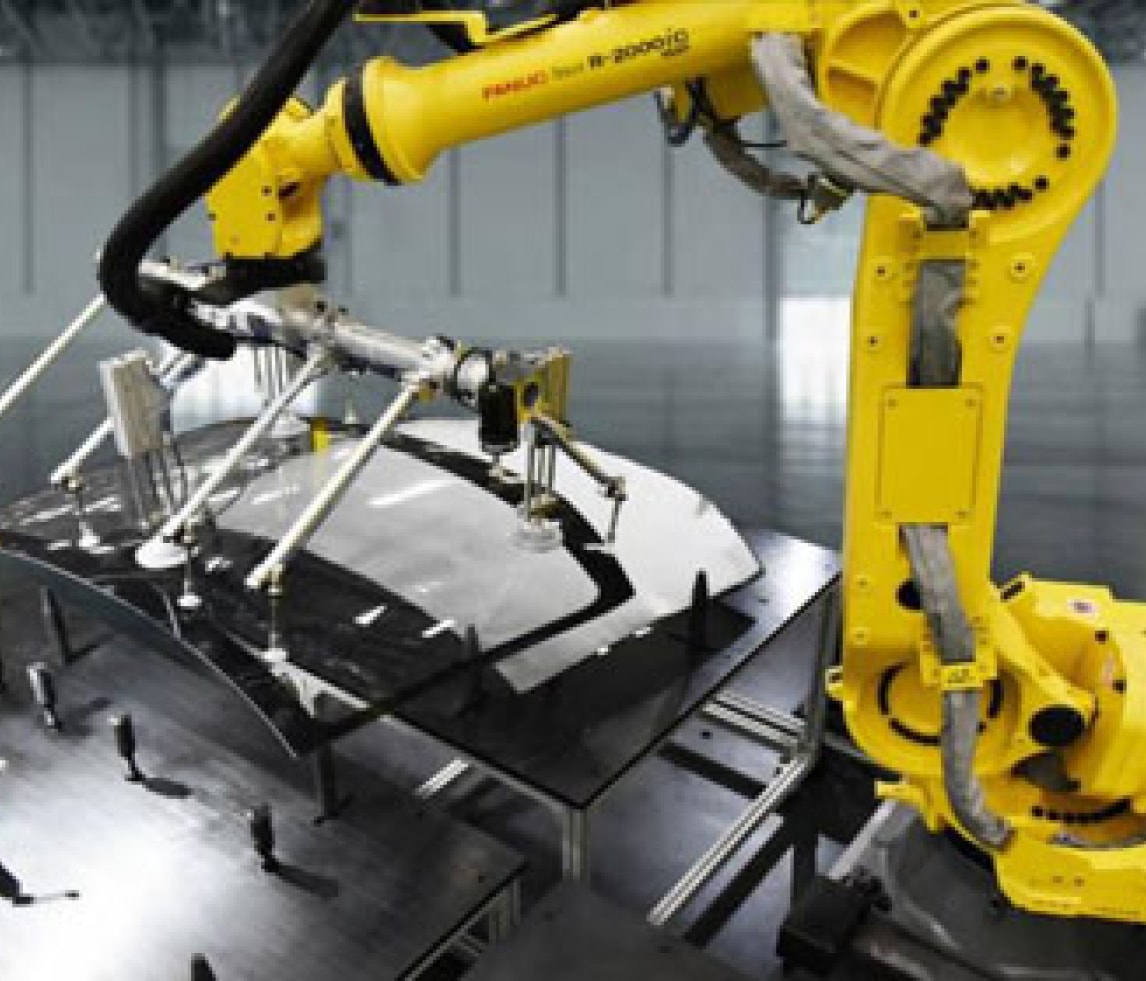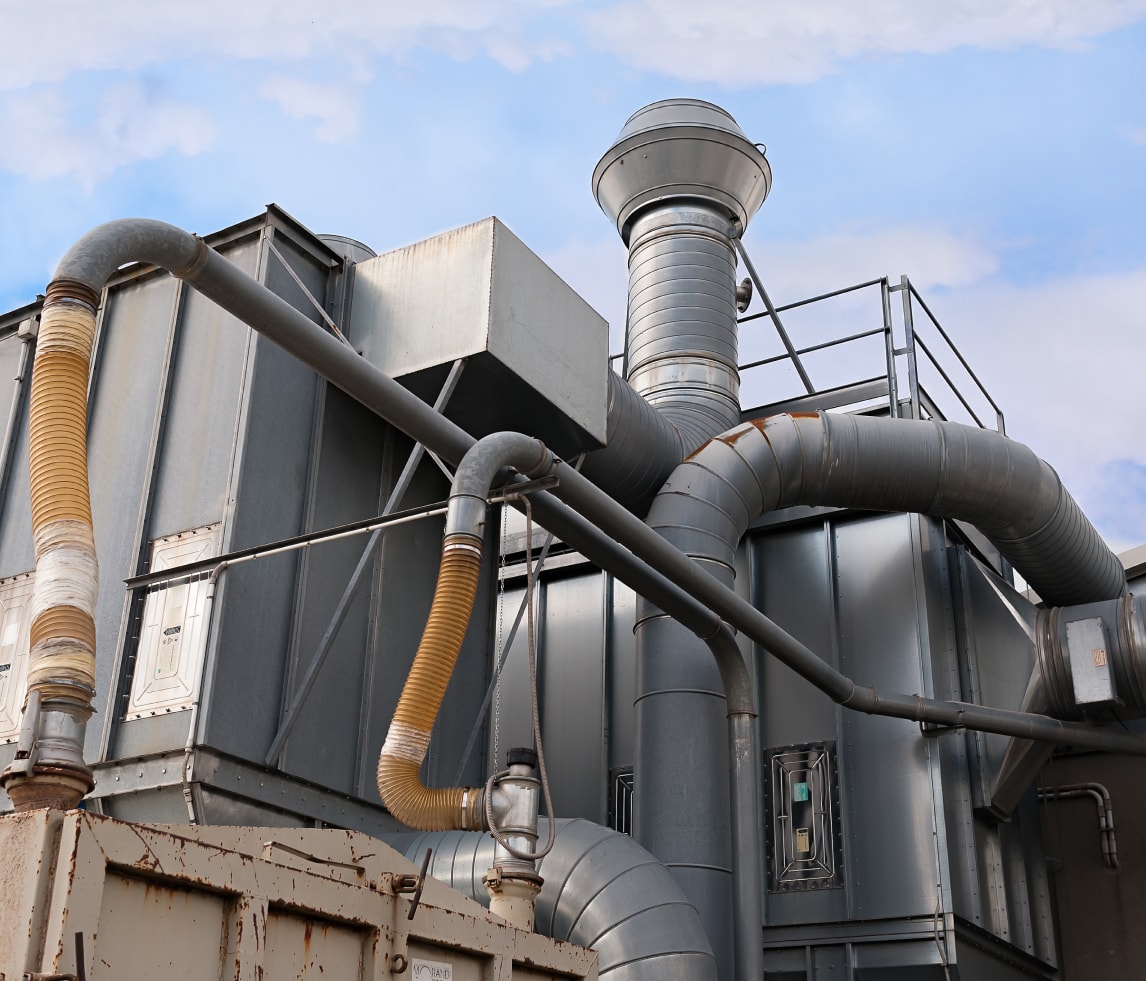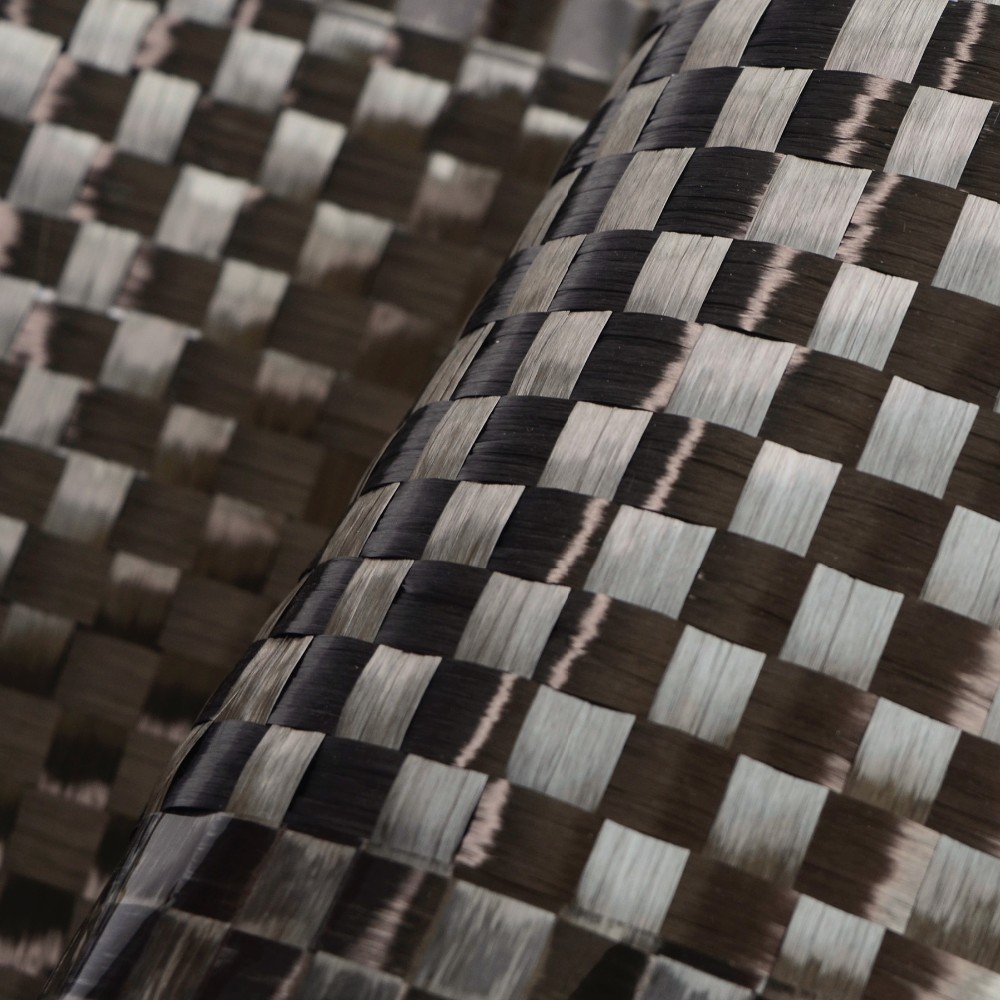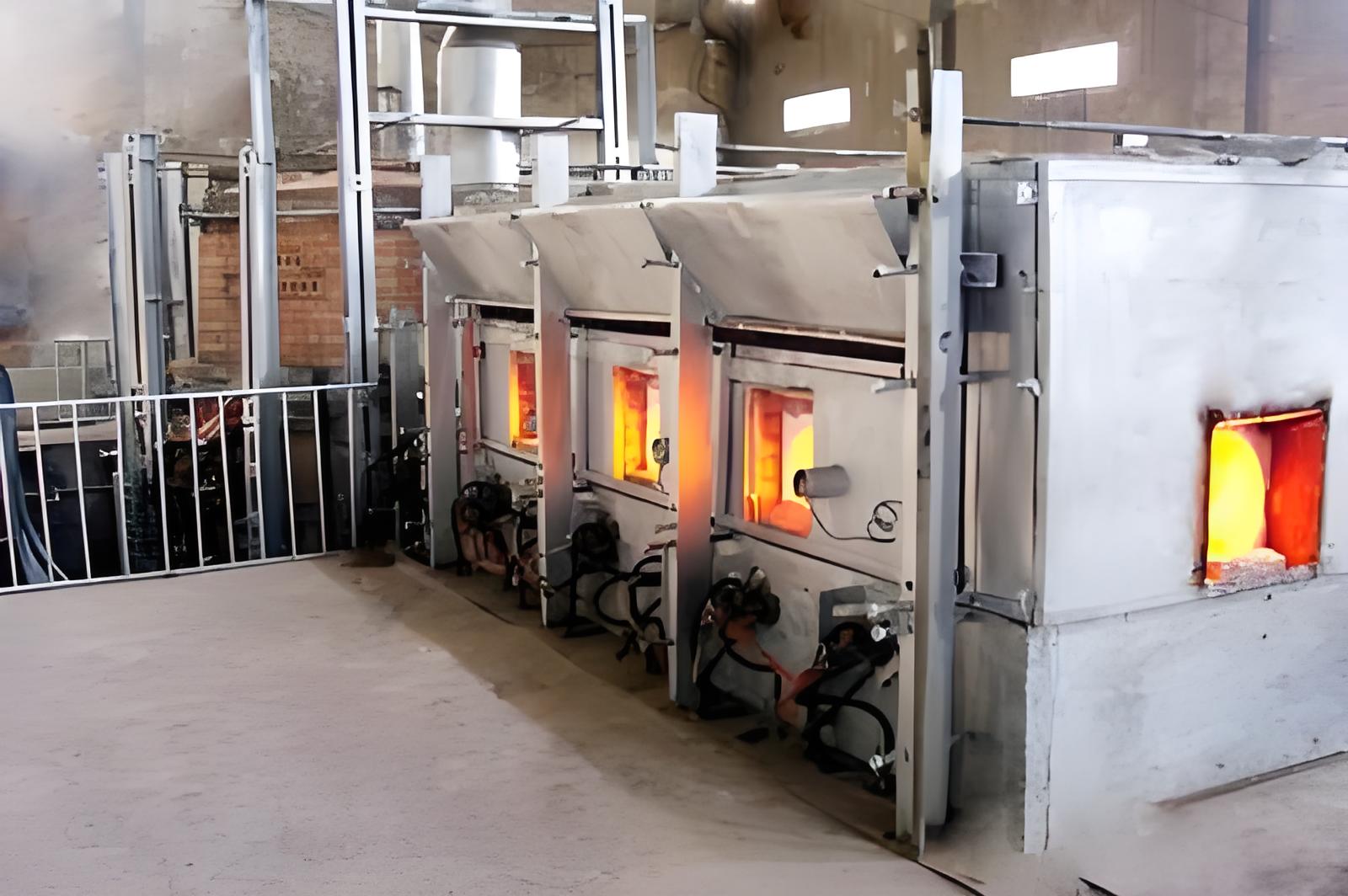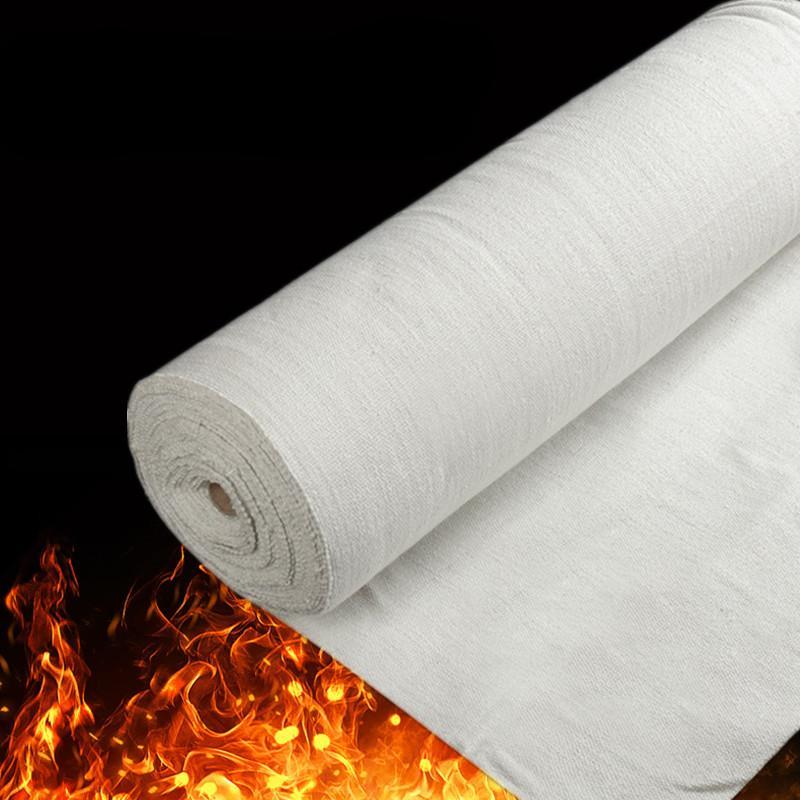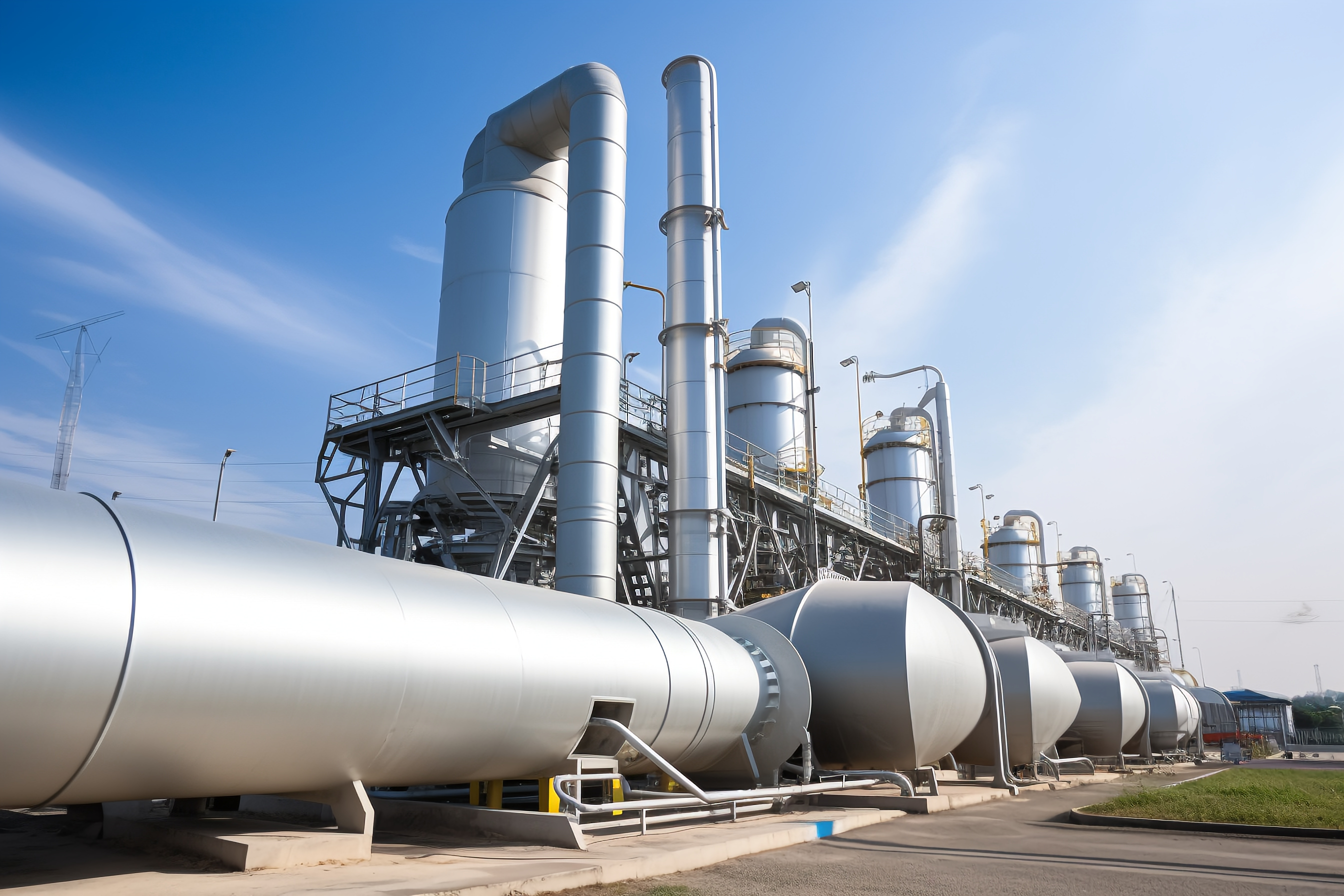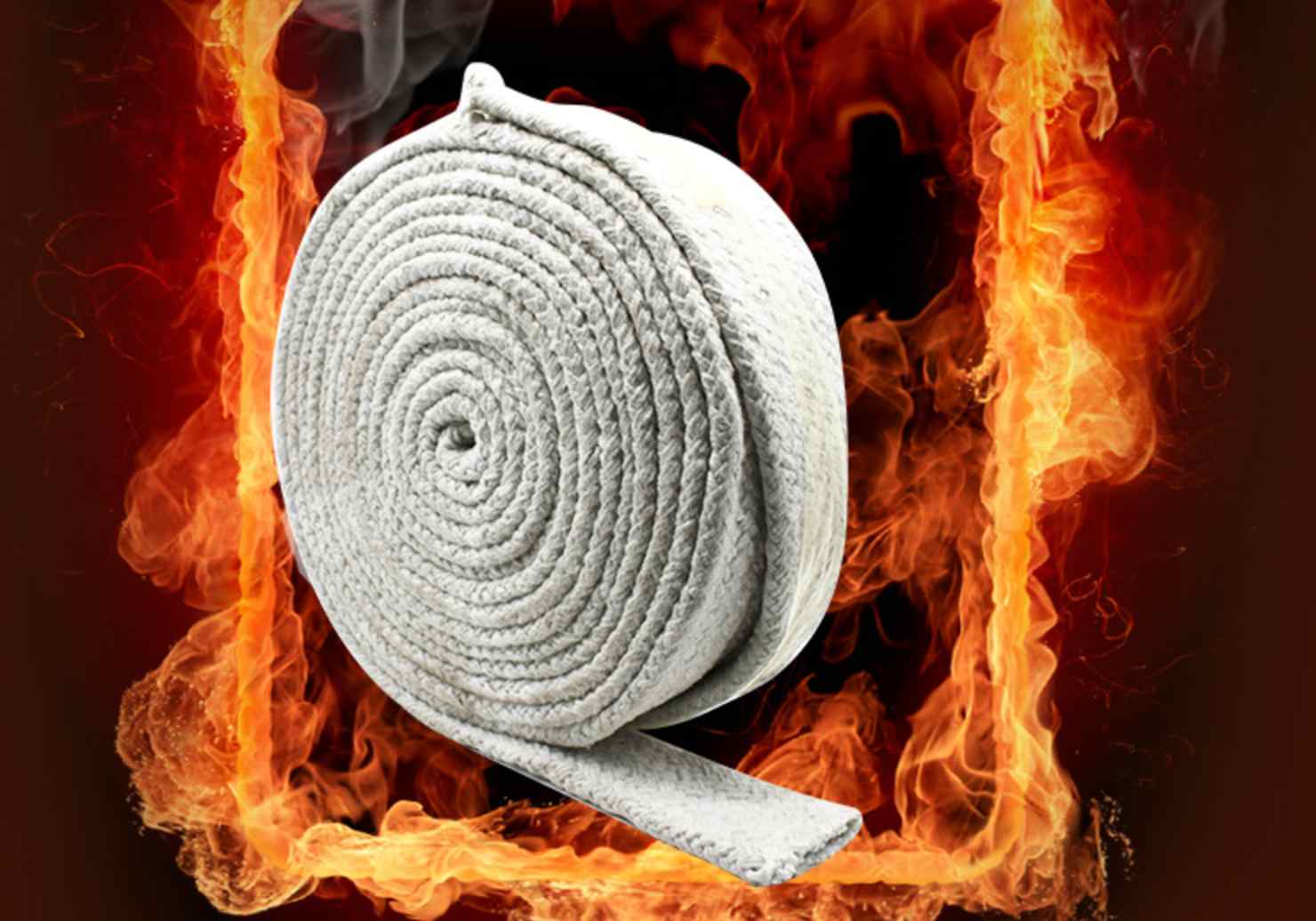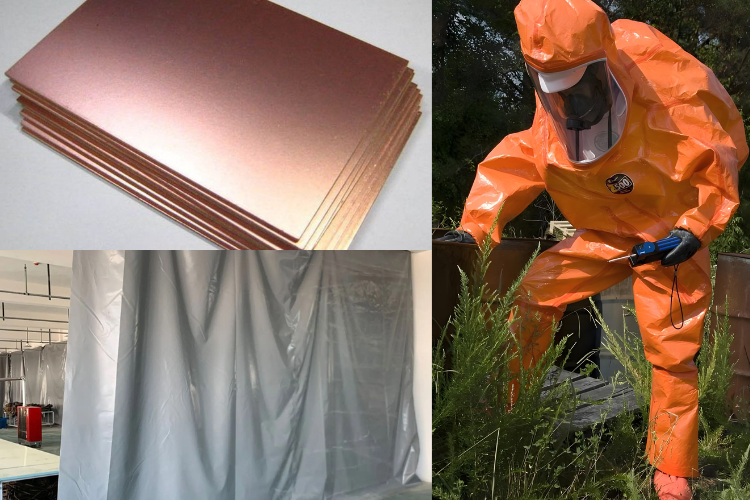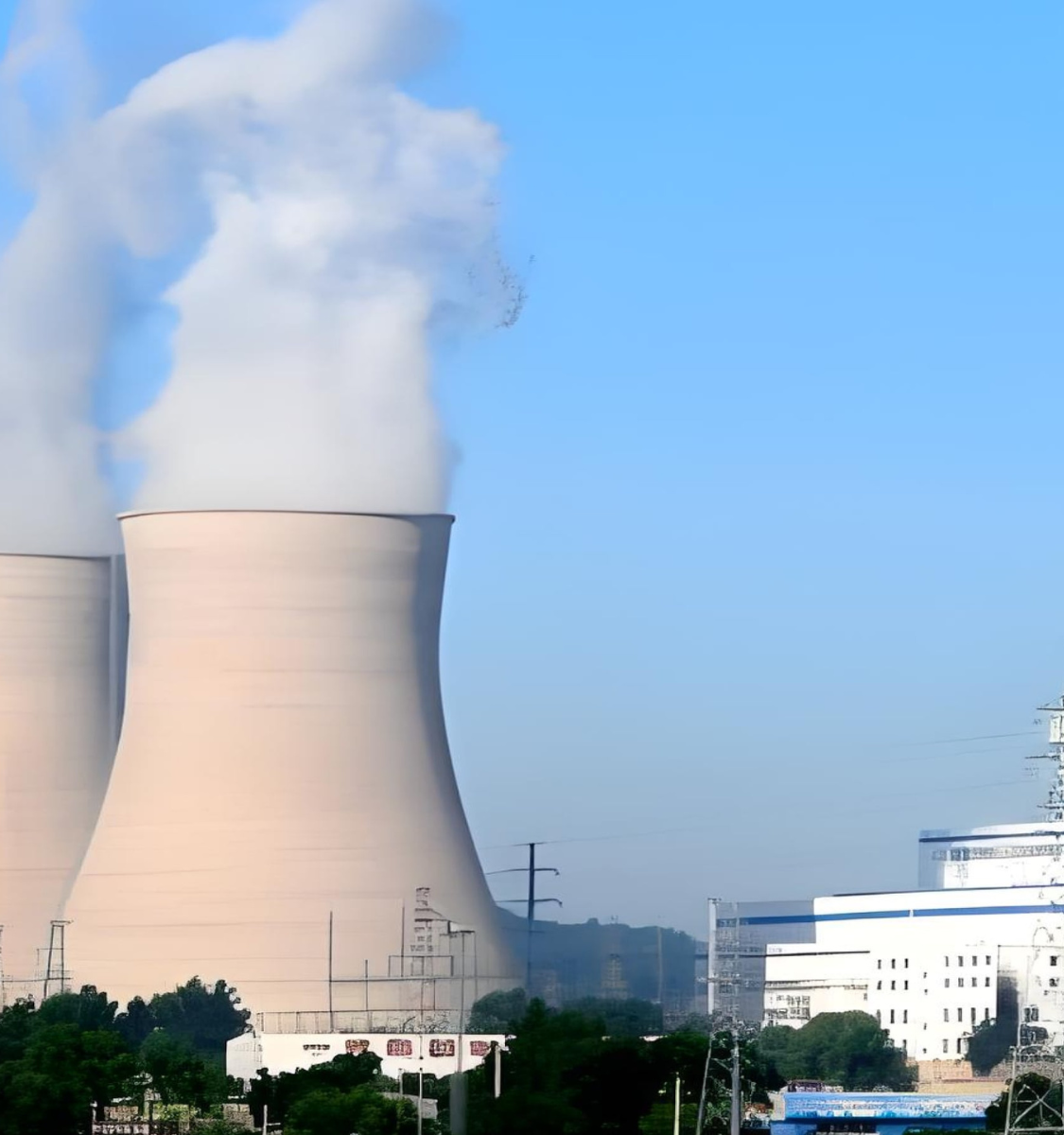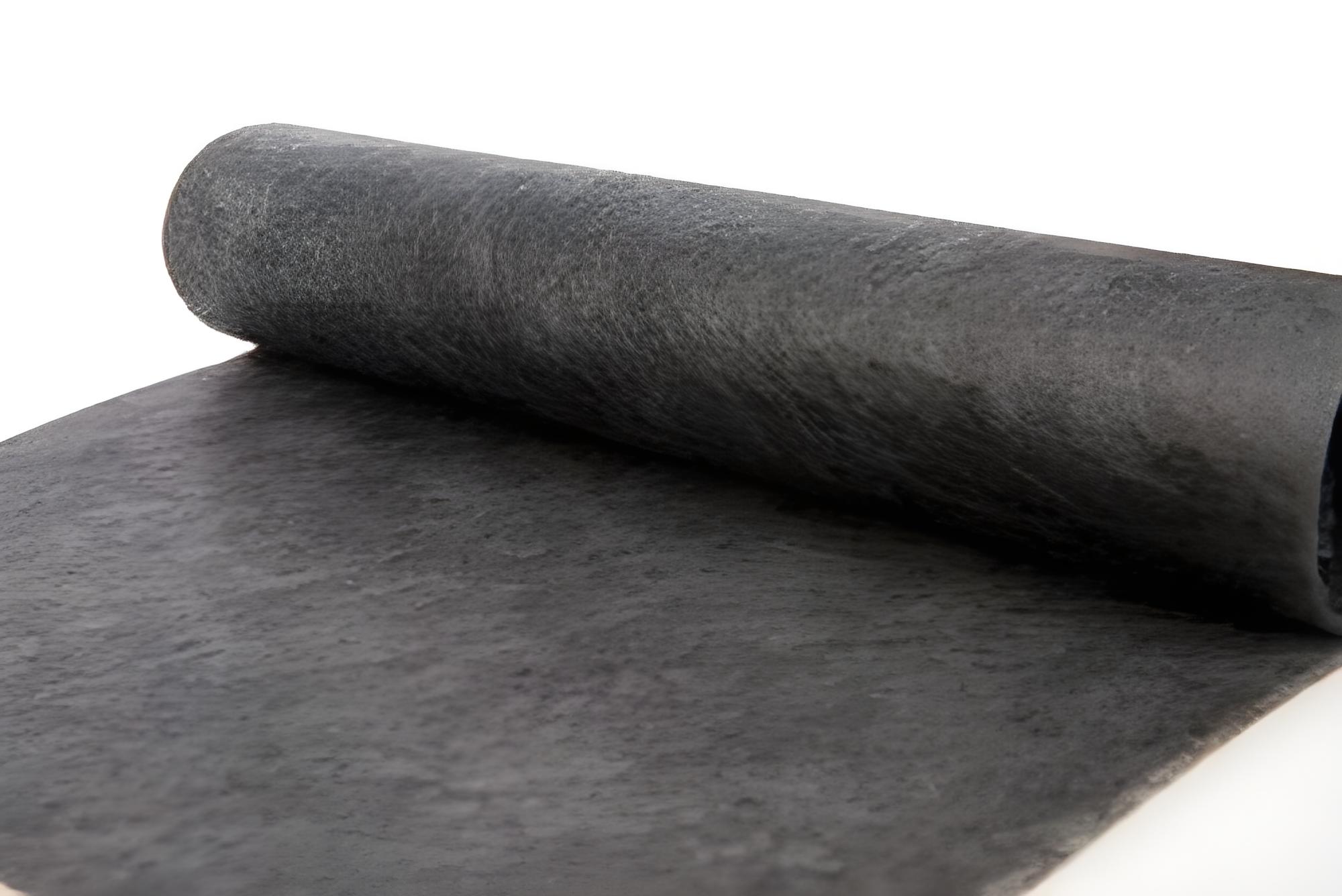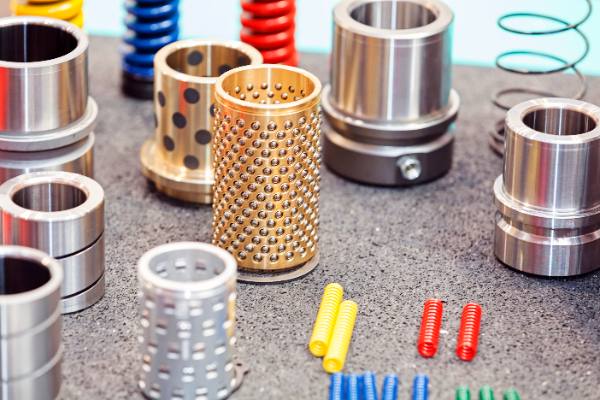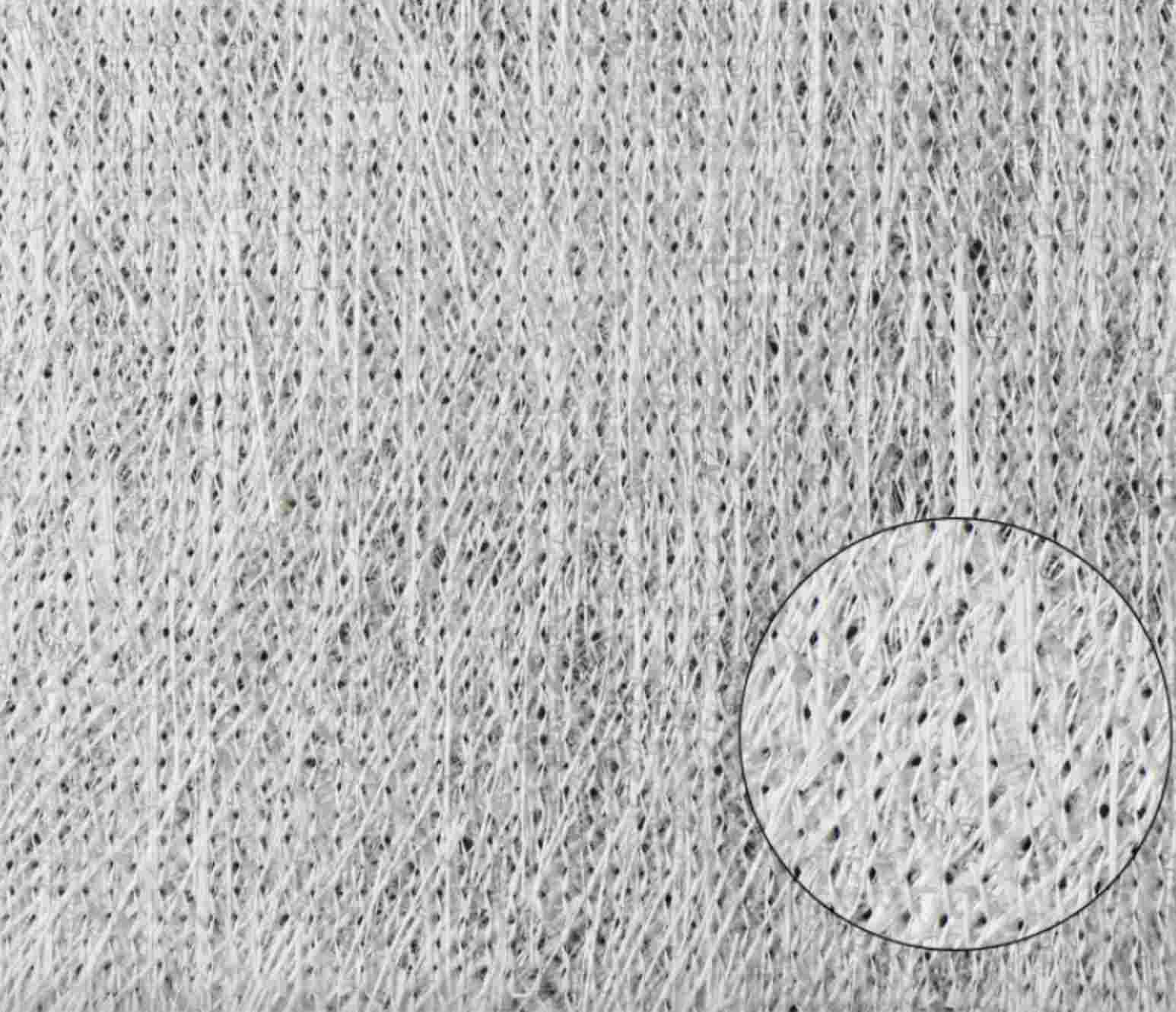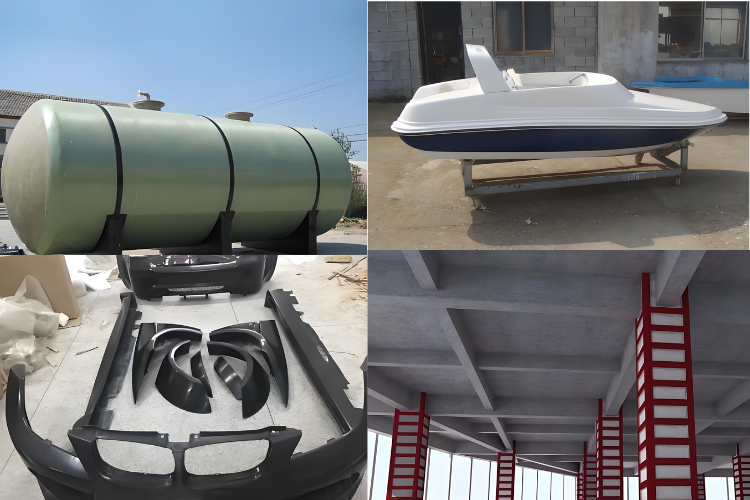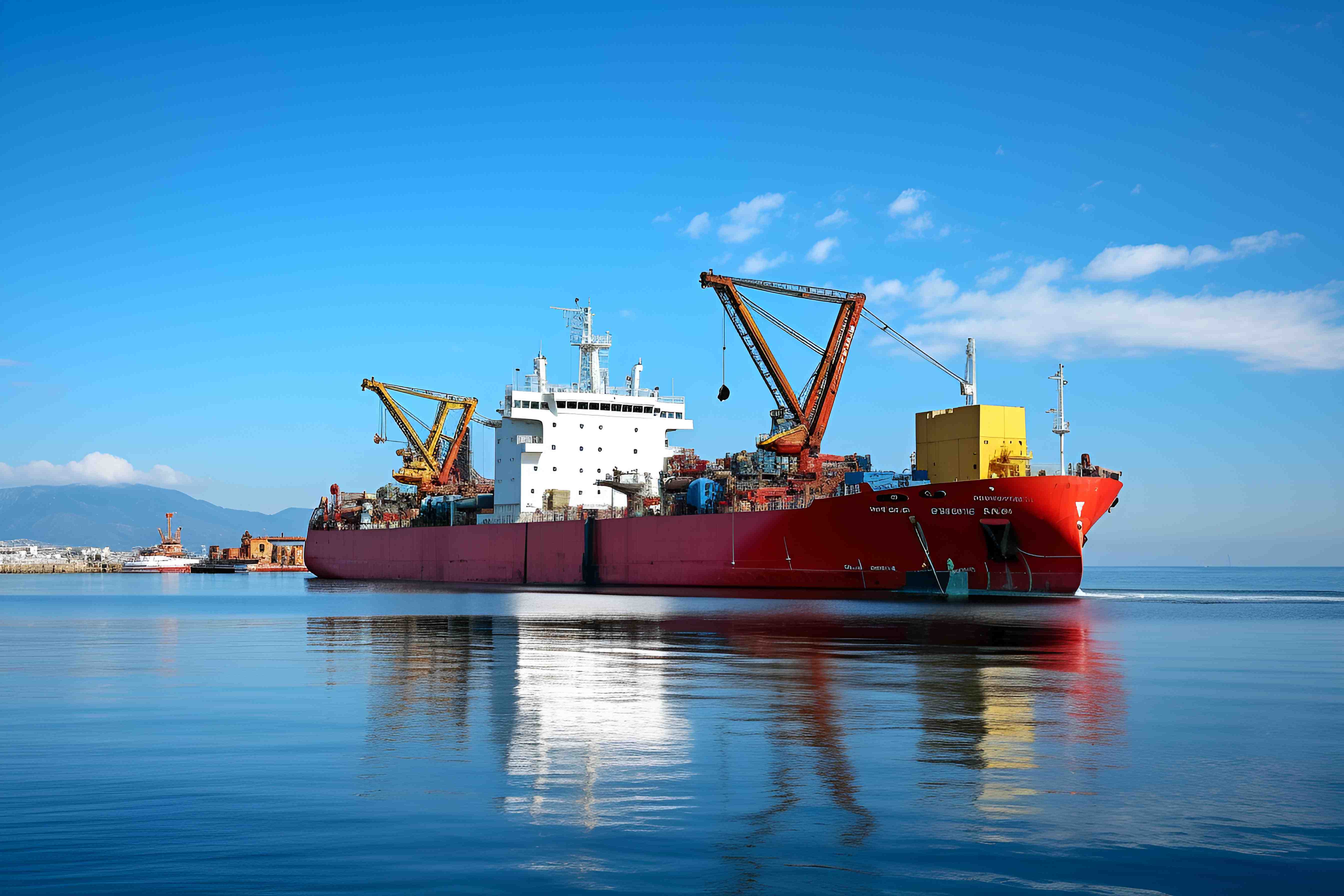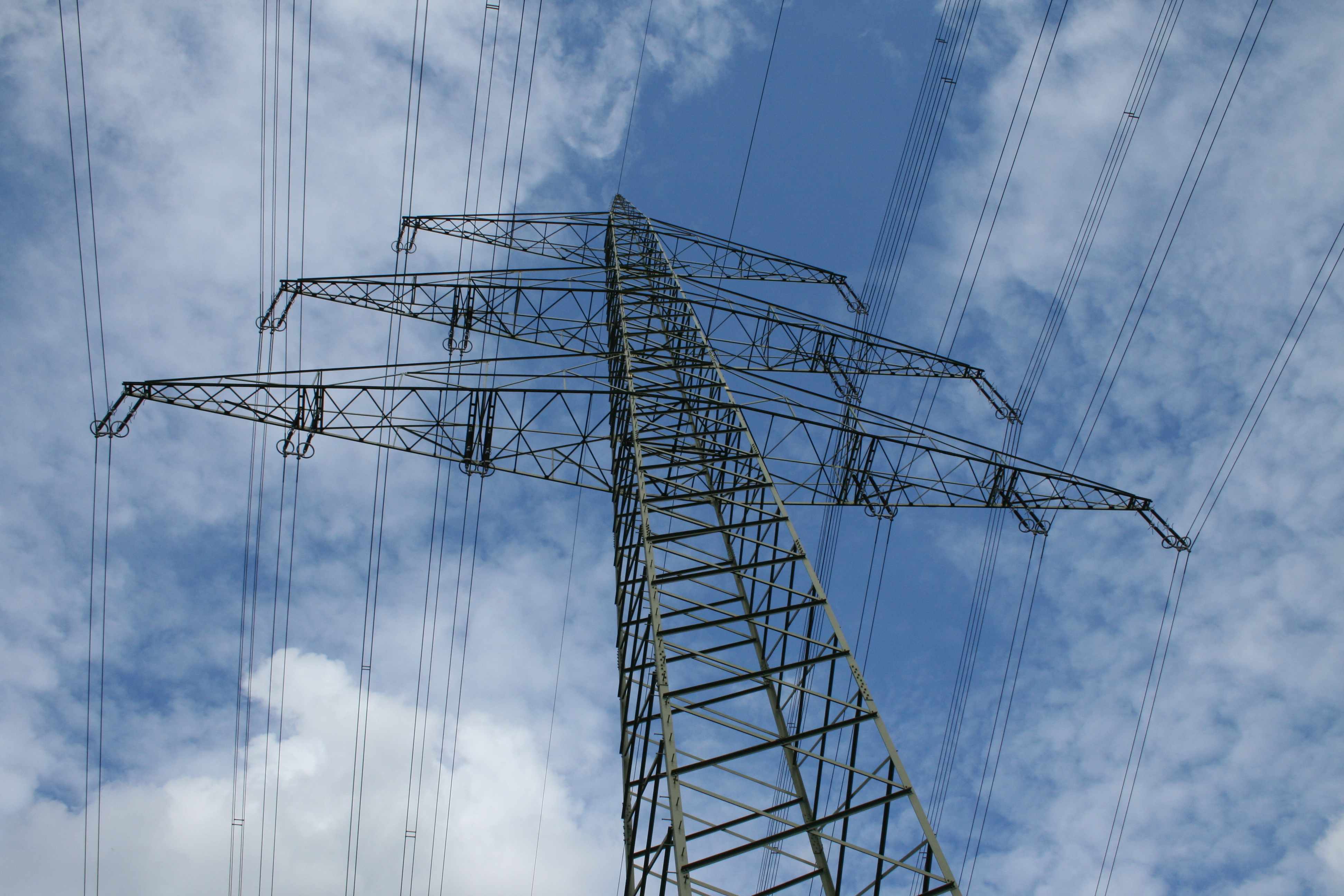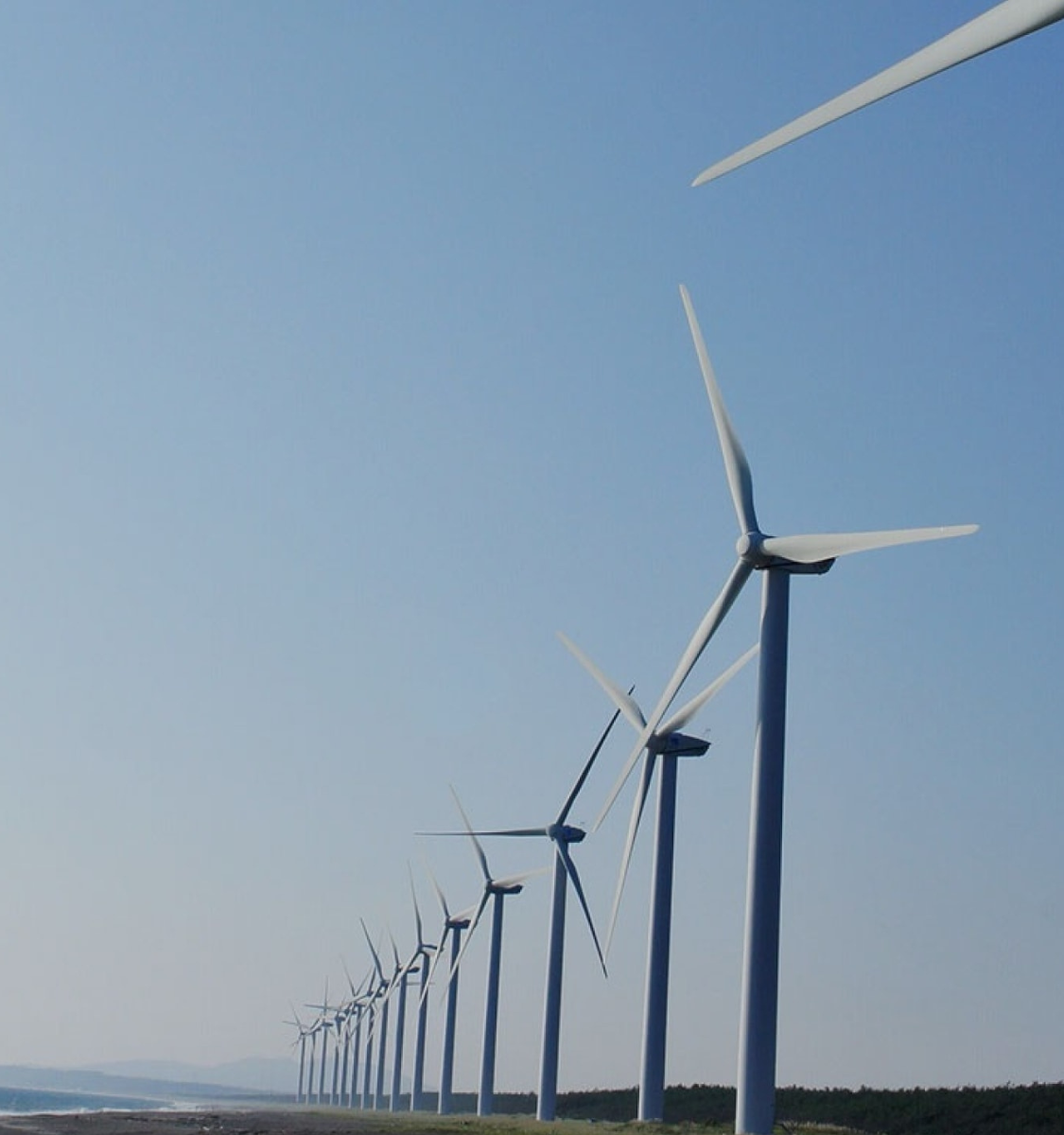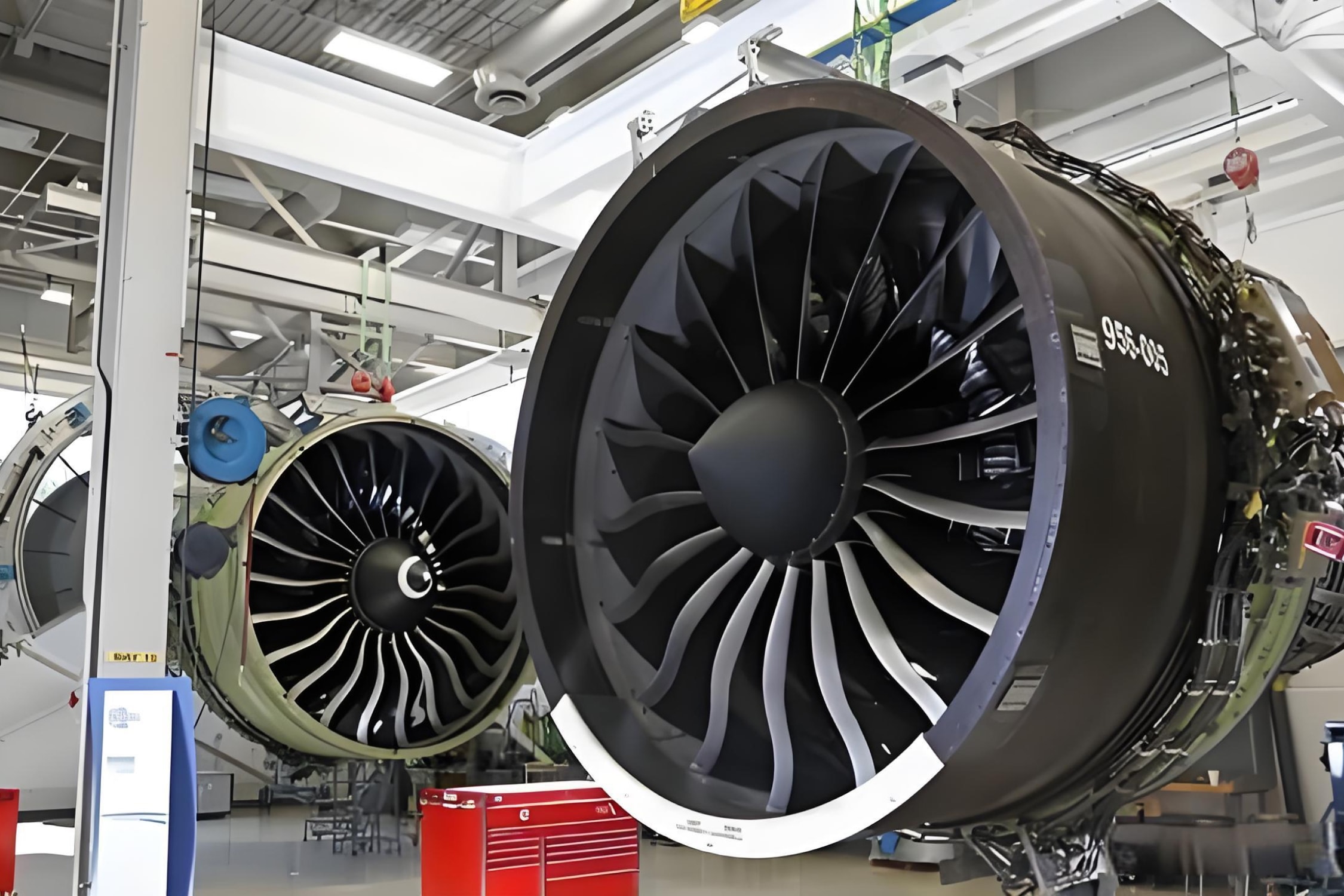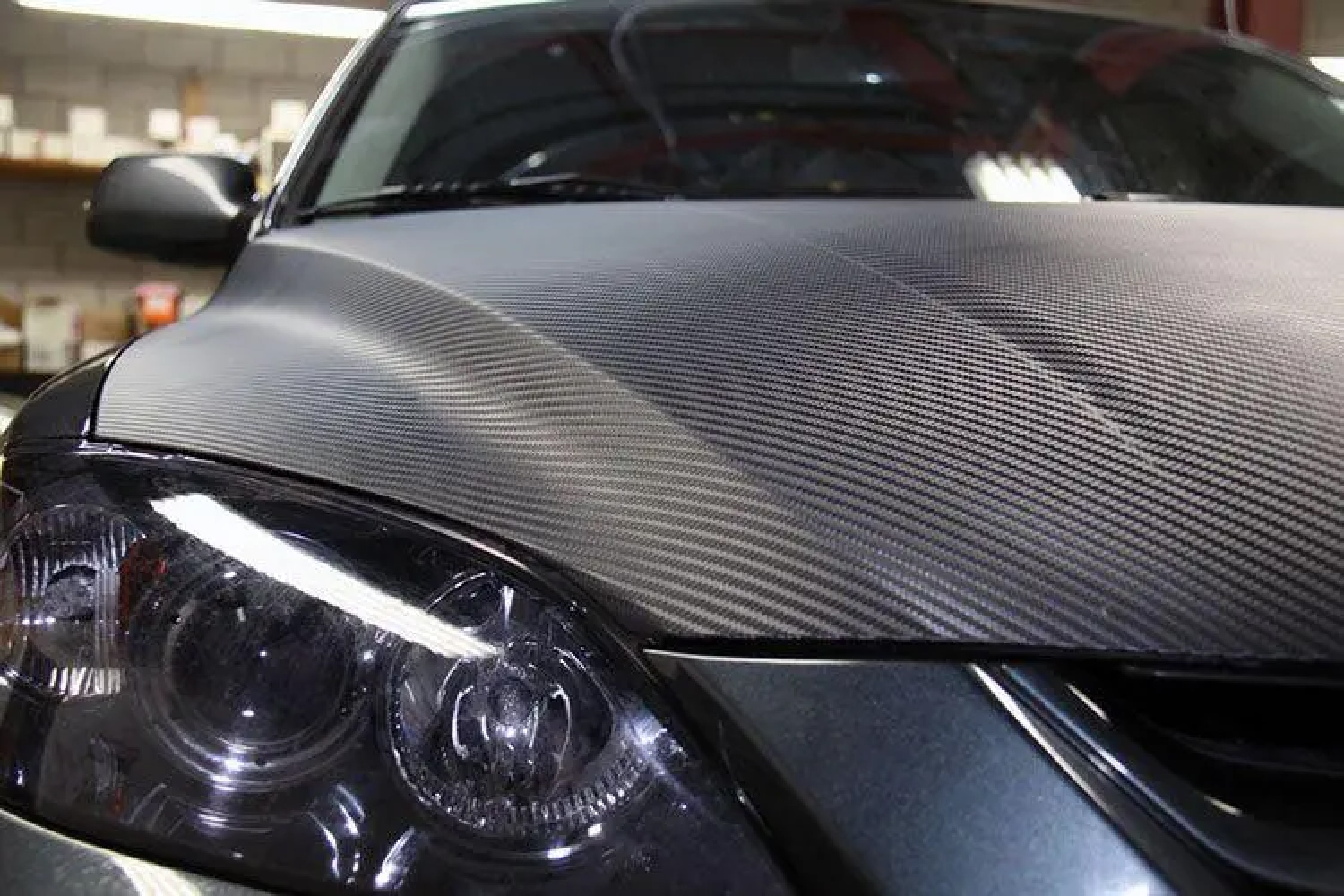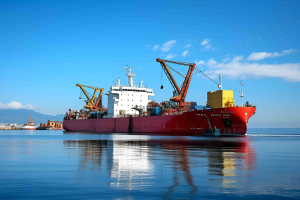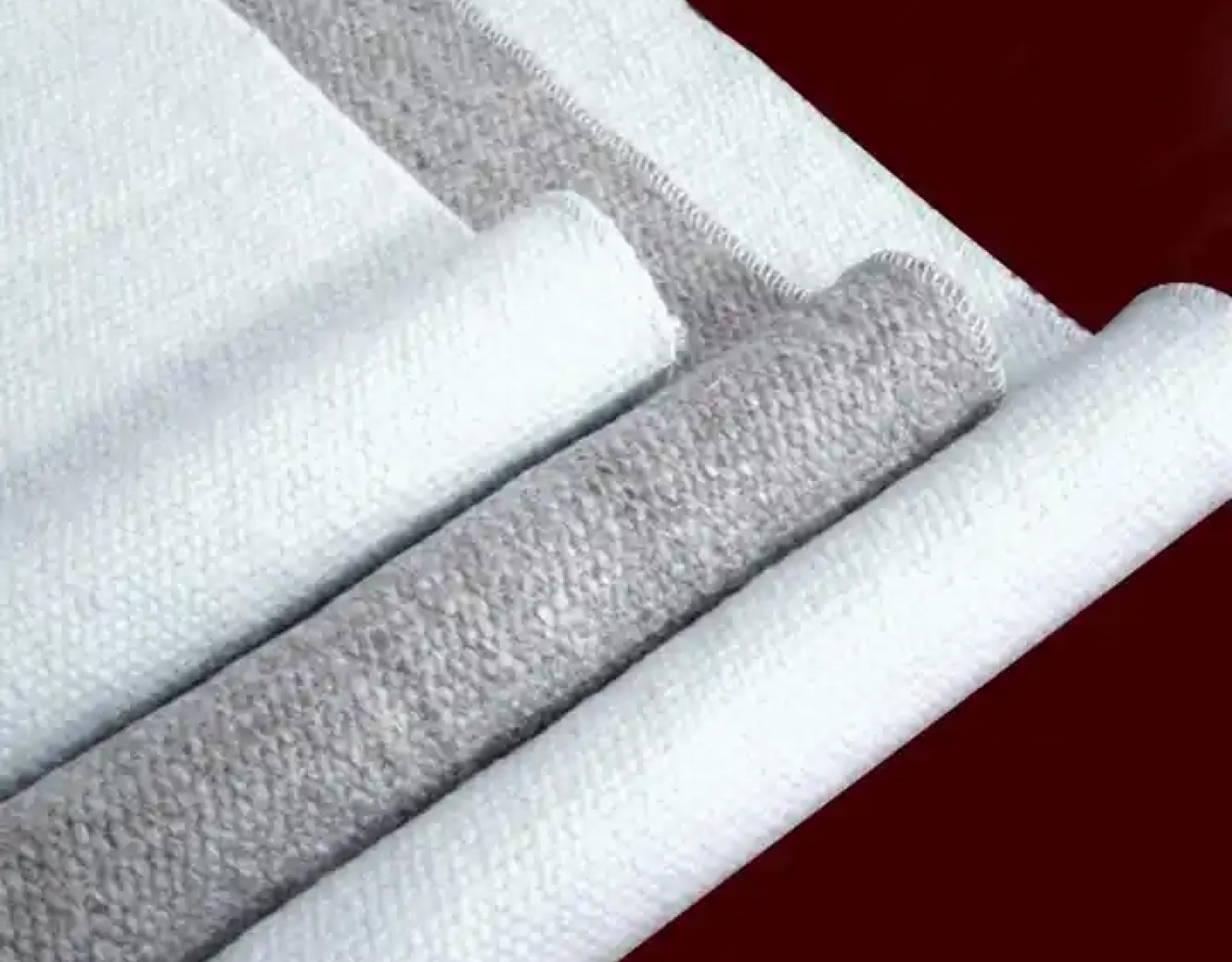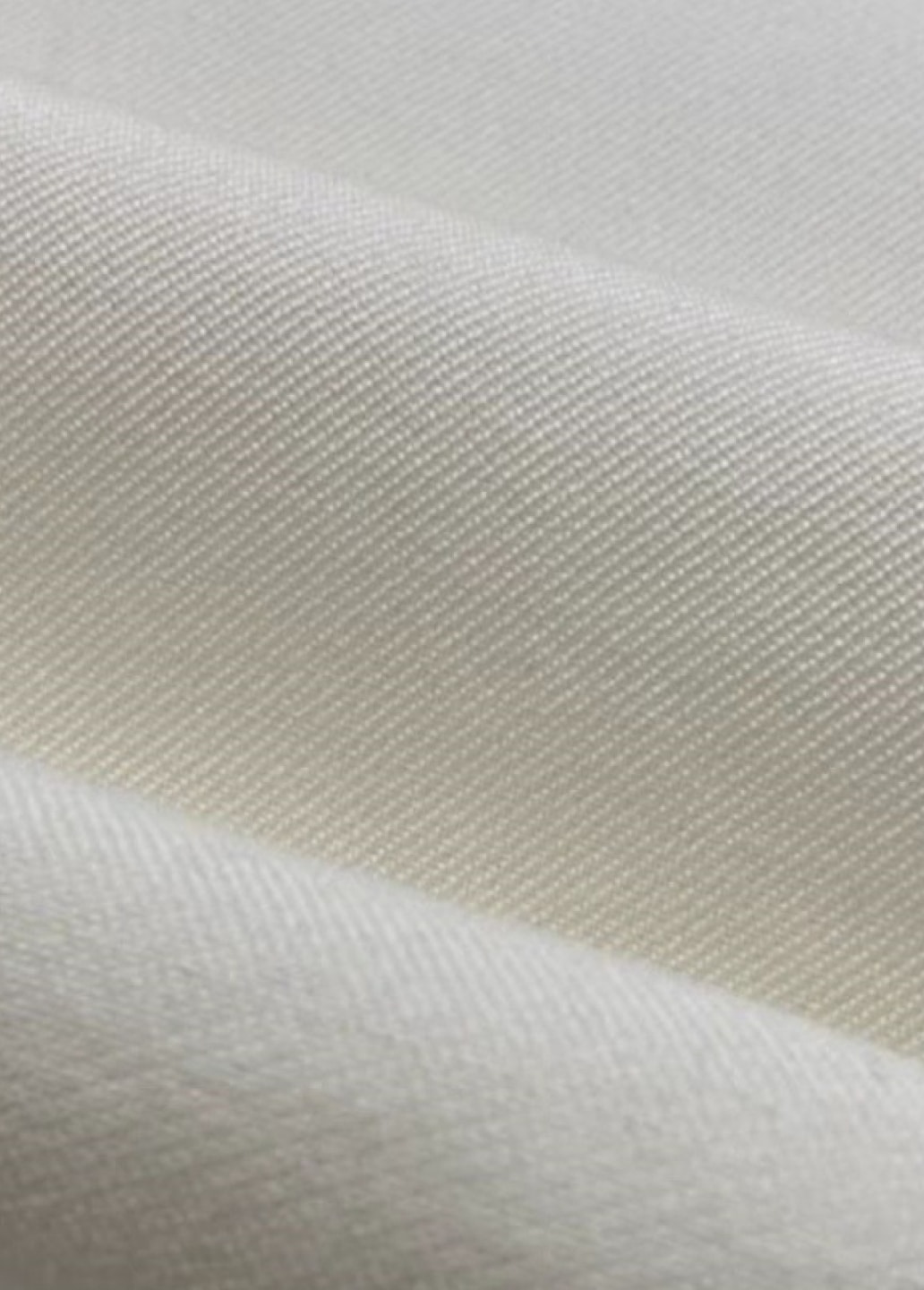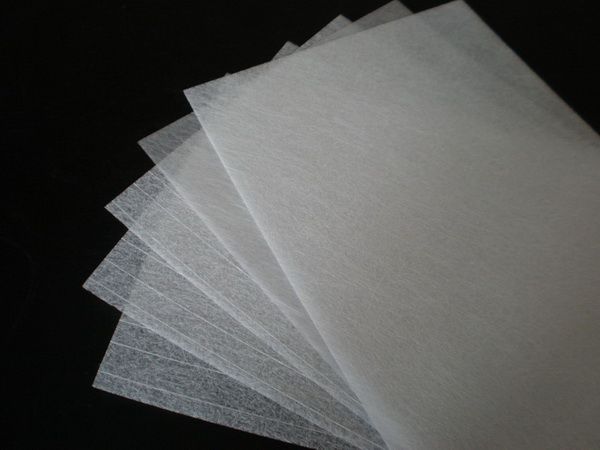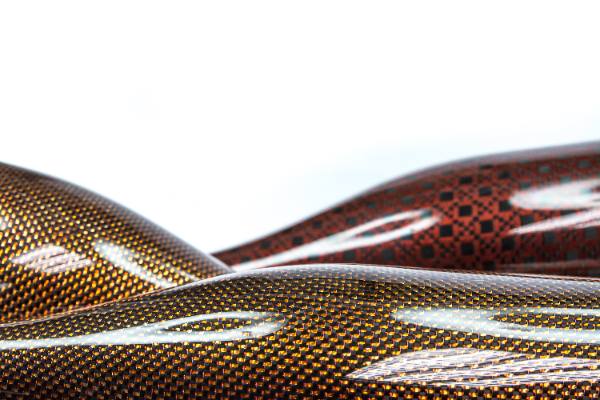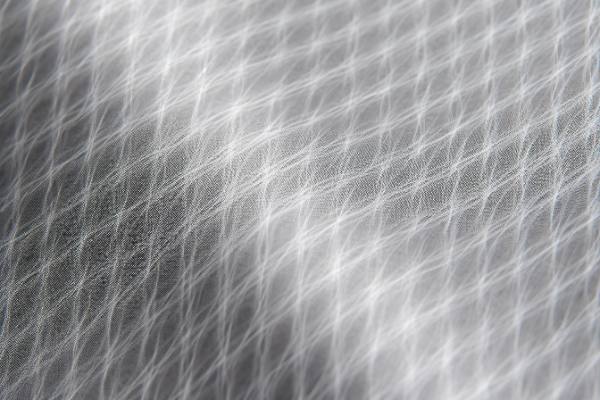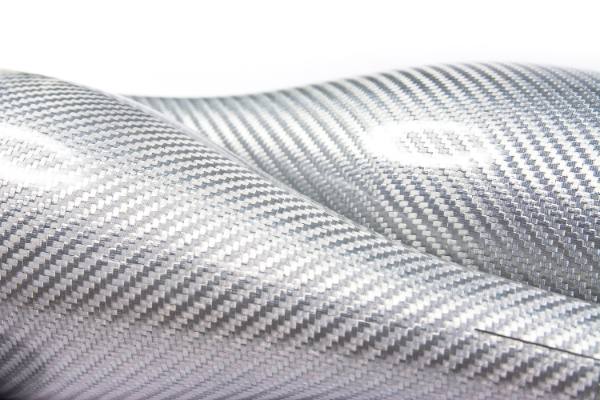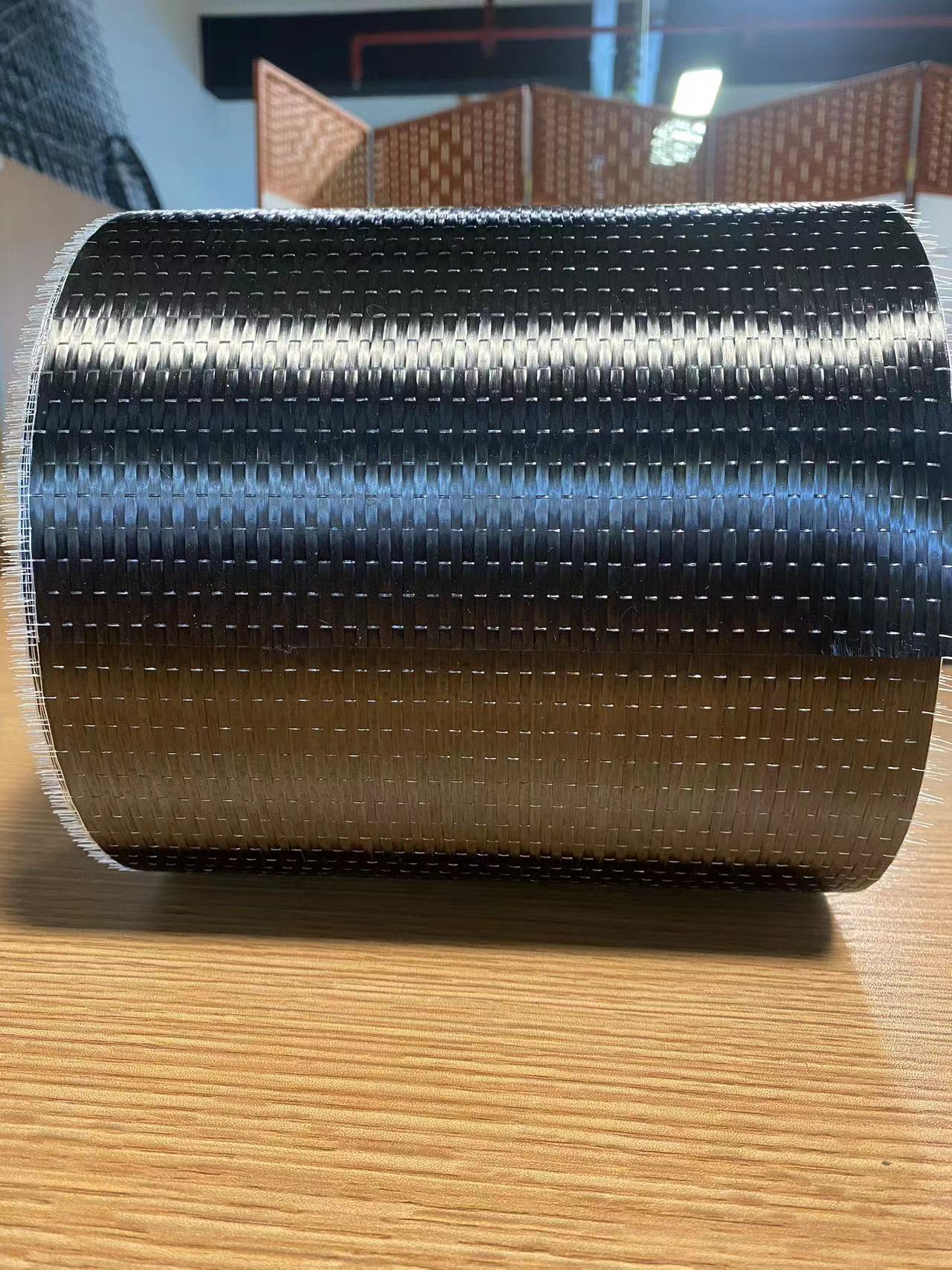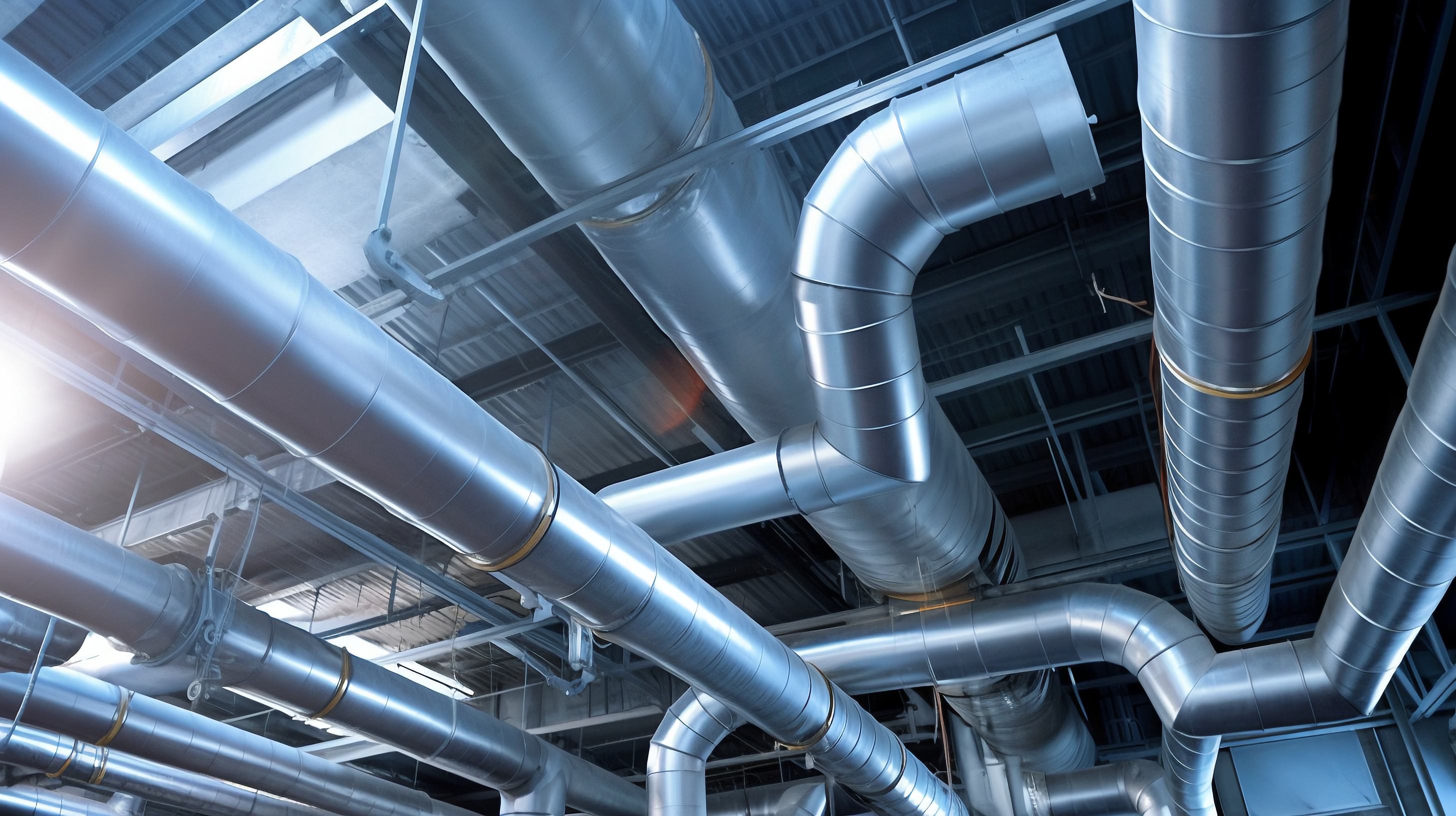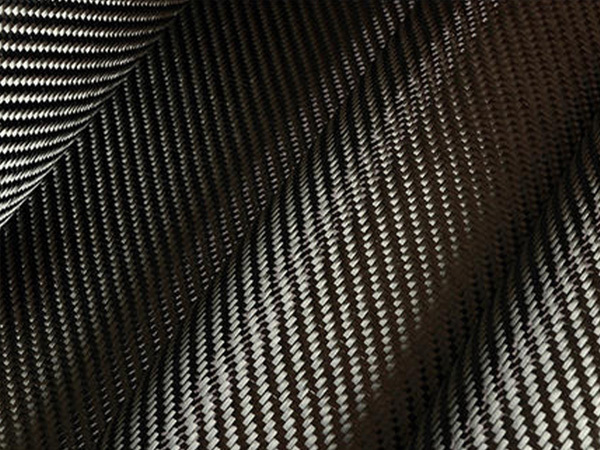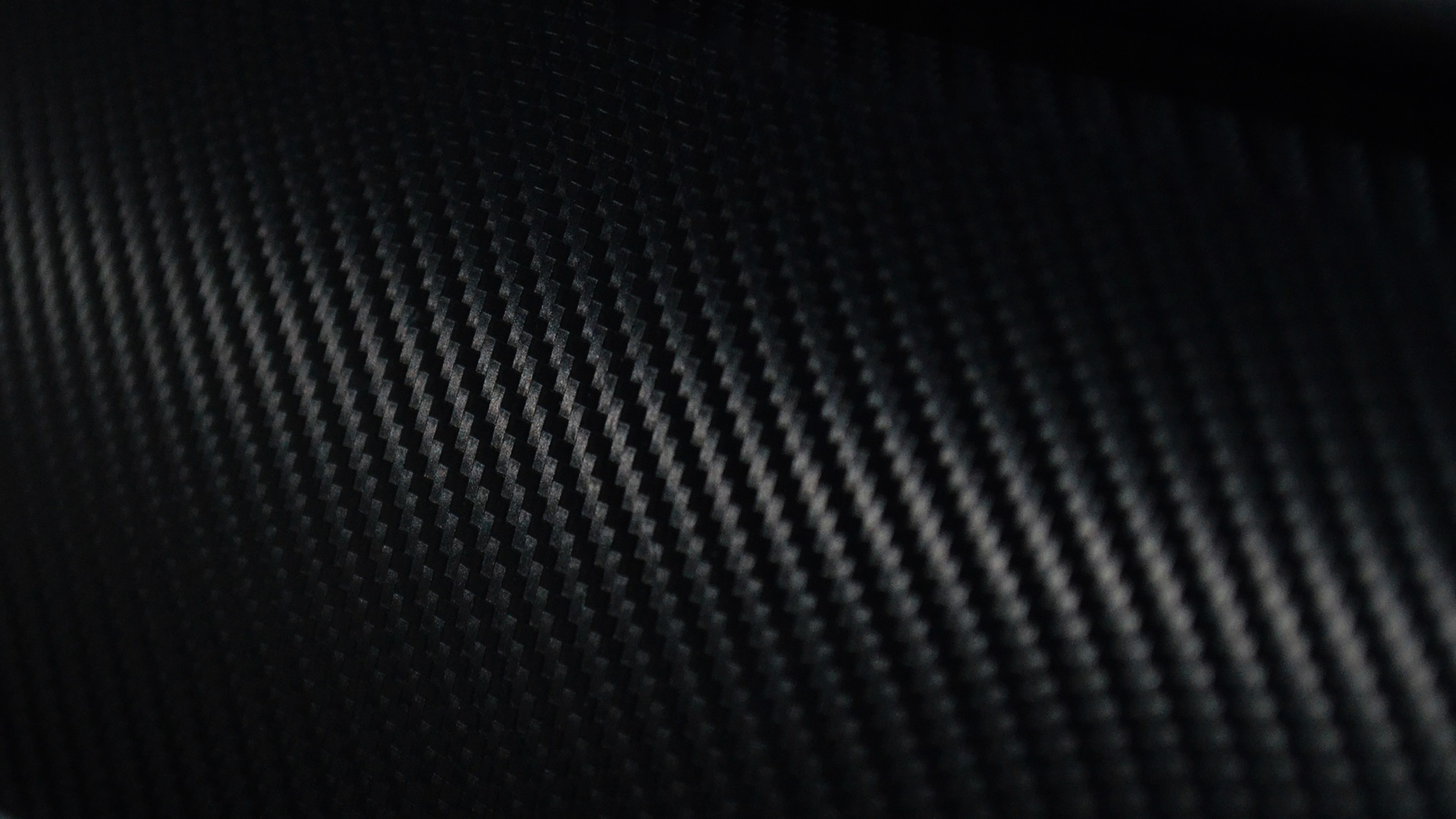+86-13732282311
merlin@xcellentcomposites.com
Let the world benefit from composite materials!
Composite materials in building construction

Composite materials in building construction
Composite building materials, like fiberglass building materials and carbon fiber construction materials, offer strength, durability, and corrosion resistance. Fiberglass is ideal for insulation and panels, while carbon fiber enhances structural reinforcement. These materials are shaping modern construction with lightweight, high-performance solutions.
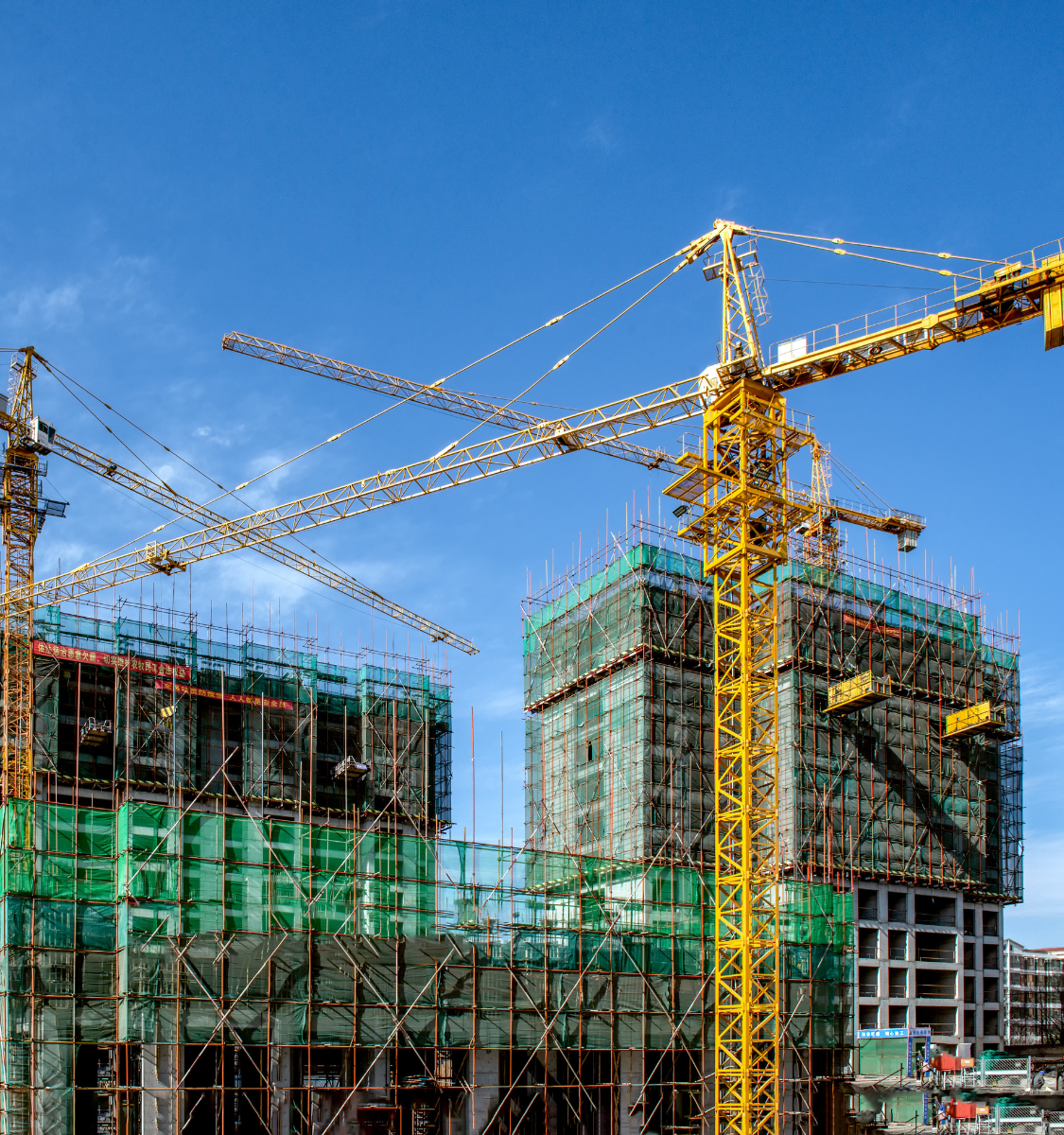
Composite materials in building construction
Composite building materials, like fiberglass building materials and carbon fiber construction materials, offer strength, durability, and corrosion resistance. Fiberglass is ideal for insulation and panels, while carbon fiber enhances structural reinforcement. These materials are shaping modern construction with lightweight, high-performance solutions.
Construction
Construction
The advancement in architectural engineering techniques and the demand for multi-environmental buildings have led to higher requirements for the performance of building materials. Traditional materials fall short in meeting these demands, thus paving the way for new types of building materials, with fiber composite materials standing out as one such innovation, addressing the shortcomings of conventional building materials with their outstanding performance.
The advancement in architectural engineering techniques and the demand for multi-environmental buildings have led to higher requirements for the performance of building materials. Traditional materials fall short in meeting these demands, thus paving the way for new types of building materials, with fiber composite materials standing out as one such innovation, addressing the shortcomings of conventional building materials with their outstanding performance.


Fiber composite materials boast strong design flexibility, allowing for the customization of their properties based on specific architectural needs. They exhibit excellent mechanical properties, such as significantly higher tensile strength compared to steel rebar of the same diameter, coupled with minimal plastic deformation. These materials also excel in corrosion resistance, making them particularly suitable for use in harsh environments like oil fields and deep-sea structures. Furthermore, fiber composite materials demonstrate seismic and fatigue resistance, effectively extending the lifespan of buildings. In terms of safety, the internal fibers of these materials can fill microcracks and impede crack propagation, thereby enhancing the stability of structures.
Fiber composite materials boast strong design flexibility, allowing for the customization of their properties based on specific architectural needs. They exhibit excellent mechanical properties, such as significantly higher tensile strength compared to steel rebar of the same diameter, coupled with minimal plastic deformation. These materials also excel in corrosion resistance, making them particularly suitable for use in harsh environments like oil fields and deep-sea structures. Furthermore, fiber composite materials demonstrate seismic and fatigue resistance, effectively extending the lifespan of buildings. In terms of safety, the internal fibers of these materials can fill microcracks and impede crack propagation, thereby enhancing the stability of structures.
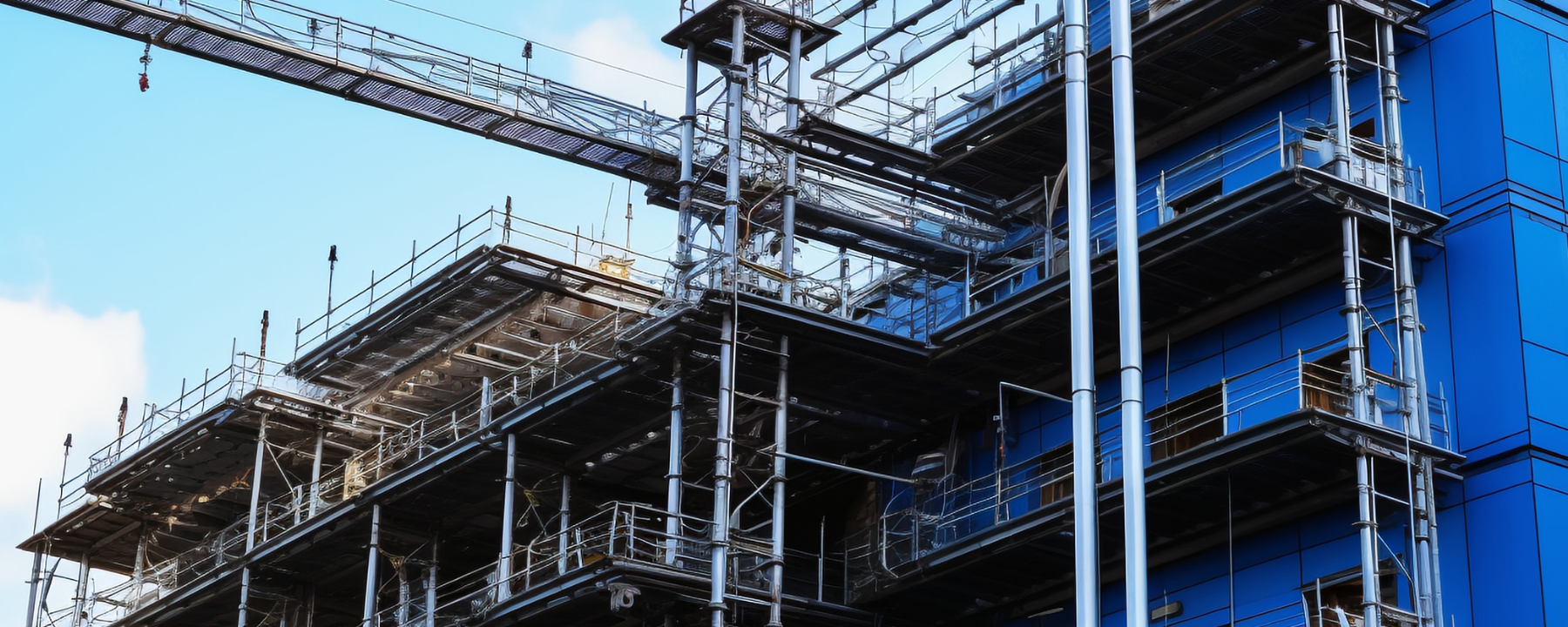

The applications of fiber composite materials in architectural engineering are diverse, encompassing reinforced concrete, fabric coatings, structural reinforcement materials, and load-bearing structures. Adding fibers to concrete enhances its strength and density, reduces cracks, and improves impermeability. Fabric coatings not only enhance tensile strength and resistance to tension but also protect material surfaces, maintaining structural stability. As structural reinforcement materials, the lightweight and high-strength features of fiber composite materials effectively strengthen bridges and roads. In terms of load-bearing structures, the exceptional mechanical performance and versatility of fiber composite materials allow for the production of various structural components such as exterior wall panels and floor slabs, enhancing durability and meeting functional requirements such as insulation and thermal regulation.
With its outstanding performance and extensive applications, fiber composite materials are emerging as crucial materials in the field of architectural engineering. They not only enhance the quality of buildings but also reduce construction costs and improve efficiency.
The applications of fiber composite materials in architectural engineering are diverse, encompassing reinforced concrete, fabric coatings, structural reinforcement materials, and load-bearing structures. Adding fibers to concrete enhances its strength and density, reduces cracks, and improves impermeability. Fabric coatings not only enhance tensile strength and resistance to tension but also protect material surfaces, maintaining structural stability. As structural reinforcement materials, the lightweight and high-strength features of fiber composite materials effectively strengthen bridges and roads. In terms of load-bearing structures, the exceptional mechanical performance and versatility of fiber composite materials allow for the production of various structural components such as exterior wall panels and floor slabs, enhancing durability and meeting functional requirements such as insulation and thermal regulation.
With its outstanding performance and extensive applications, fiber composite materials are emerging as crucial materials in the field of architectural engineering. They not only enhance the quality of buildings but also reduce construction costs and improve efficiency.

Get In Touch With Us!
To know more about our composite products and solutions, contact our experts! Here is how you can reach us.

Get In Touch With Us!
To know more about our composite products and solutions, contact our experts! Here is how you can reach us.
Popular Composite Materials
Popular Composite Materials
Related Composite Materials Industries
Related Composite Materials Industries
Composites Knowledge Hub
Composites Knowledge Hub

